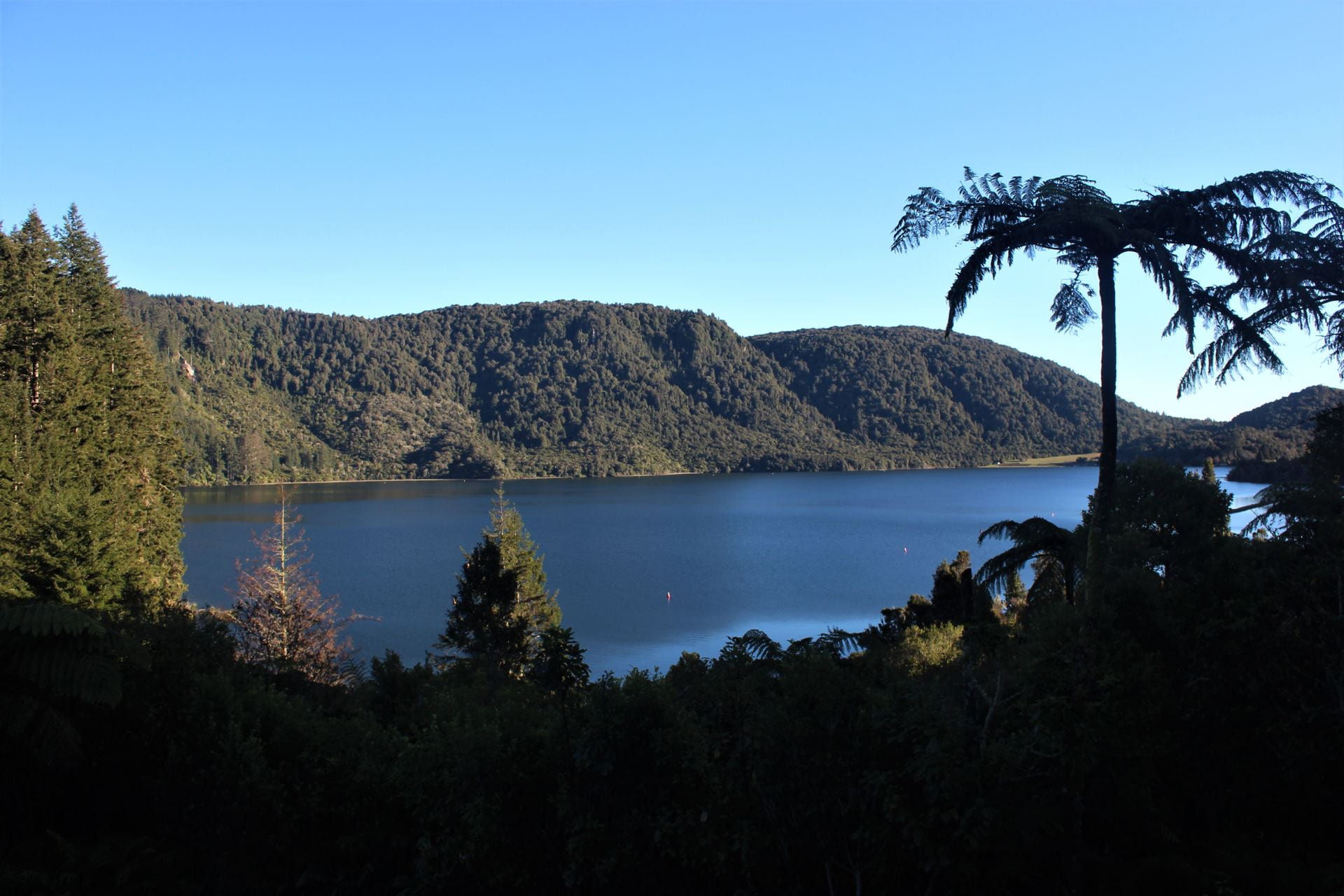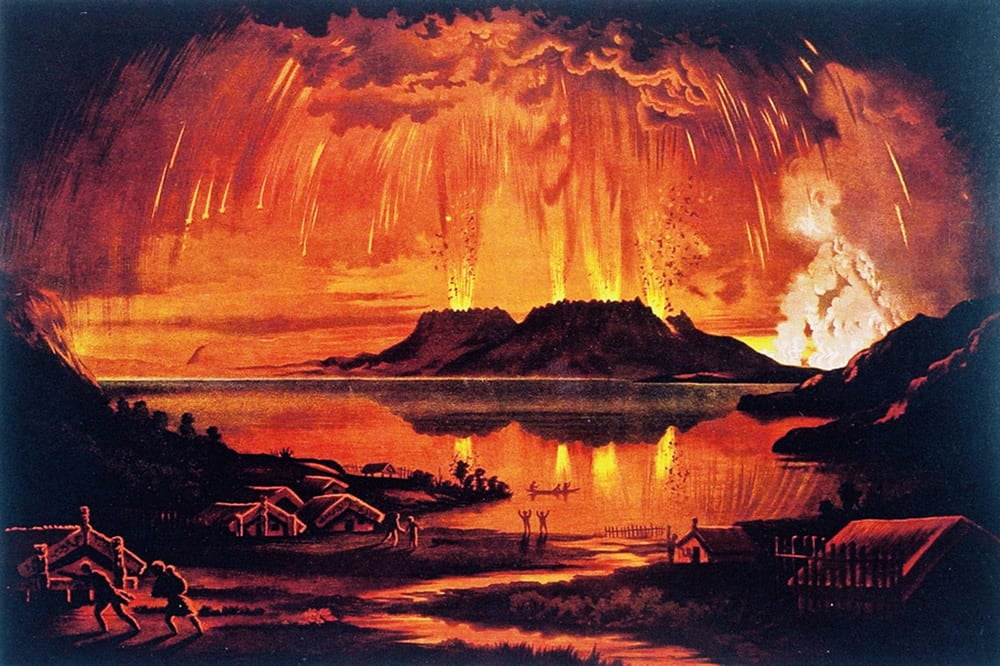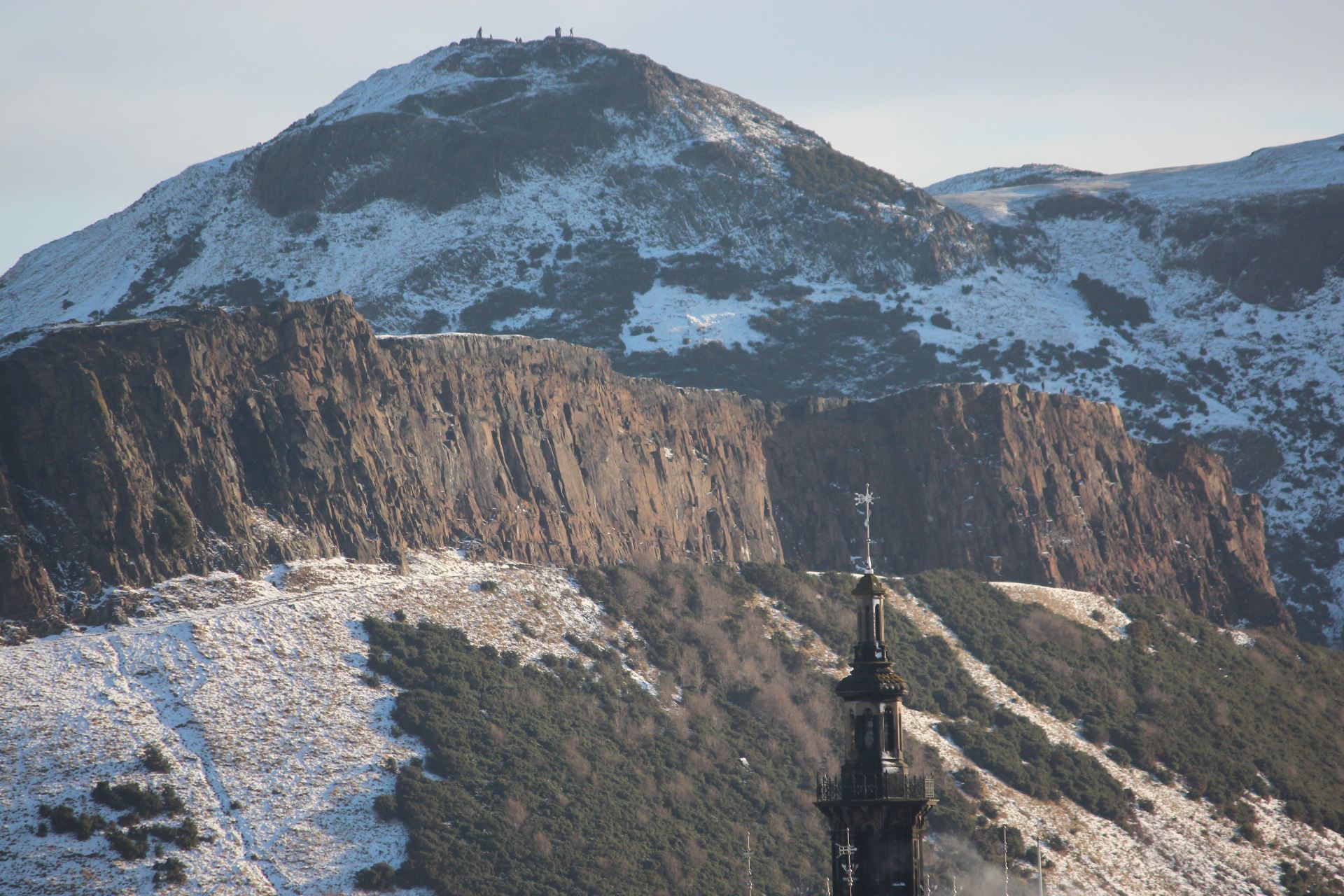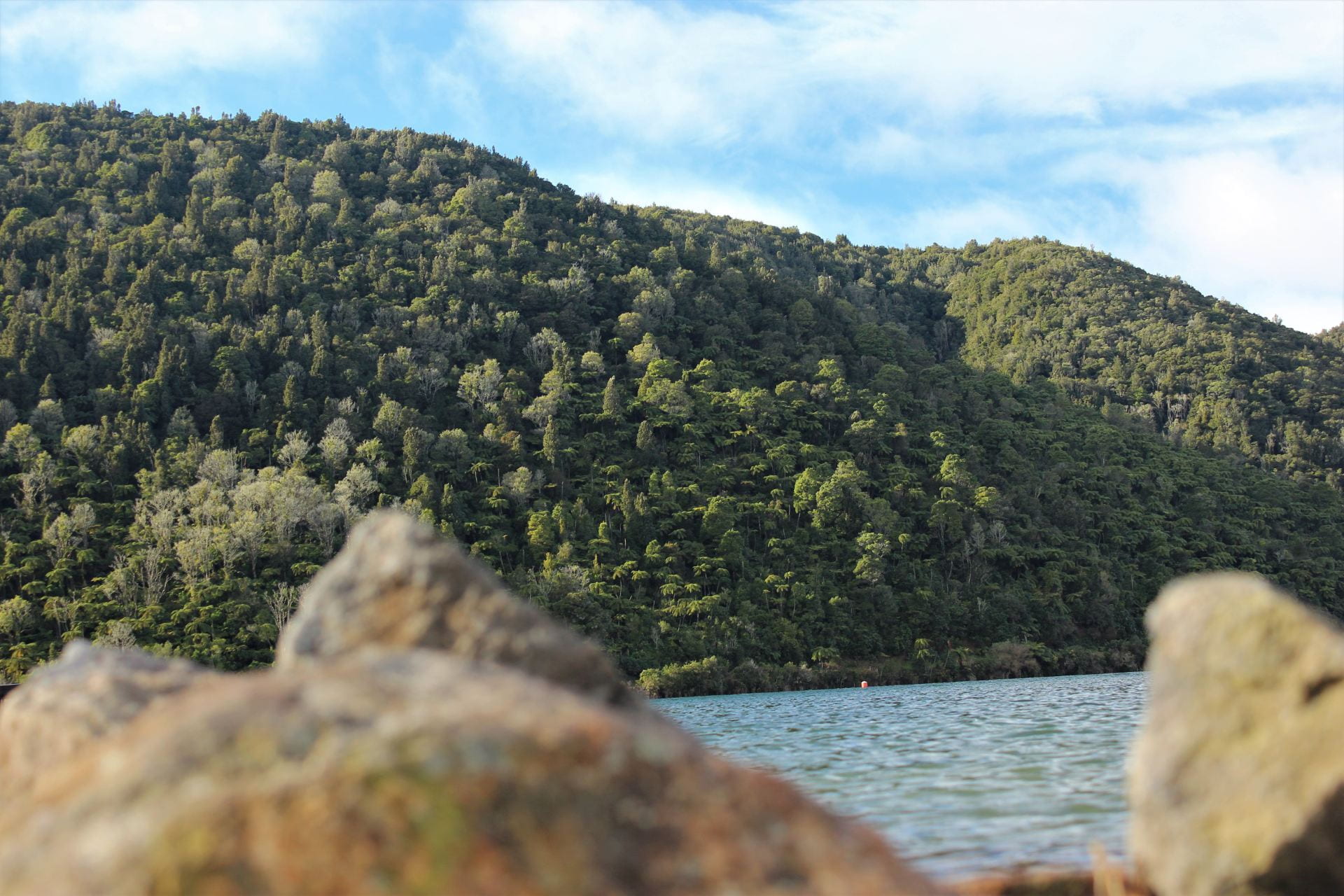Picture Perfect with a violent past.
Twenty minutes out of Rotorua on the Tarawera road lies picturesque Tikitapu. An undulating track meanders around the lake and it takes 1.5 hours to complete if you stop to admire the stunning views.
The scenery is 20, 000 years in the making and each hill and cliff face marks a significant volcanic event.
The hill that looks like a cuddly neck collar worn on long haul flights exploded into life 21000 years ago and is a rhyolite dome. Rhyollite is a thick viscous lava that melts at around 800 degrees celsius. It is simply referred to as North Dome.
Smooth and rounded or a bit crumpled.
Depends on which side of the lake you find yourself.
North Dome on the eastern shore has a beautifully rounded sculptured look. The lava flows appear this way because they have been liberally dusted with tephra (literally anything that falls from the sky) Dutch masters used the same technique, adding layers of paint till they got it right.
It is a slightly different story on the other side of the lake. The lava front cooled and solidified forcing the rest to back up and crumple leaving a noticeable rib structure more typical of rhyolite flows. This happened about 18000 years ago.

Tikitapu lies on the fringe of the Okataina volcanic centre.
Not far away, Mount Tarawera was the scene of New Zealand’s most violent eruption in the last 500 years.
A rhyolitic dome split apart with very little warning. Earthquake tremors were first felt in Rototrua about 12.30am on 10 June 1886. Around 2am basalt lava rather than the usual rhyolite began erupting from the central dome of Mount Tarawera.
Two hours later pyroclastic eruptions were occurring on Taraweras three main peaks.

Better than a selfie
This work was painted by Charles Bloomfield who was renowned for his meticulous attention to detail. We can be reasonably certain this is an accurate representation of events
Towards the right of the painting Bloomfield has caught the moment basaltic lava at over 1000 degrees Celsius came in contact with the hydrothermal system underneath the old lake Rotomahana.
Like dropping water on a BBQ hotplate with gas turned up max the instantaneous production of colossal volumes of steam resulted in a phreatomagmatic explosion.
What goes up must come down. The column of scoria ash mud and steam reached a height of 10 kilometres .
The catastrophic collapse of this column would have projected hurricane speed surges of scalding hot debris outwards from the base destroying everything in its path
New Zealand Journal of Geology and Geophysics
I. A. Nairn (1979) Rotomahana—Waimangu eruption, 1886: base surge
and basalt magma, New Zealand Journal of Geology and Geophysics, 22:3, 363-378, DOI:
10.1080/00288306.1979.10424105
To link to this article: https://doi.org/10.1080/00288306.1979.10424105


